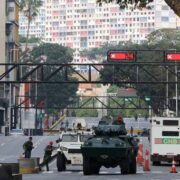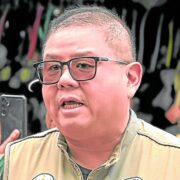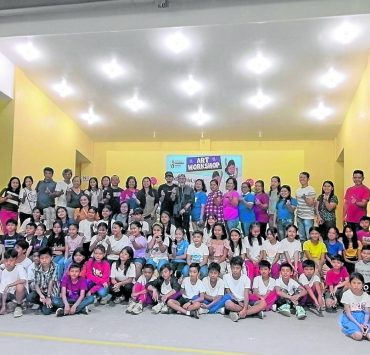Hydro plants seen to boost renewable energy use in Mindanao
DAVAO CITY—Renewable energy advocates in Mindanao are calling on government to aggressively push for the rehabilitation of the Agus and Pulangi hydroelectric power plants located in the Lanao and Bukidnon provinces to ramp up to 50 percent the share of renewables in the region’s energy mix.The mix of 50-percent renewables and 50-percent fossil-based power by 2040 is advocated by the Department of Energy for the entire country under the Philippine Energy Plan. But the Mindanao Development Authority (MinDA), the region’s main development coordinating arm, wants to accelerate achievement of the goal for Mindanao by 2030, or 10 years earlier.
Some 300 advocates who gathered here on Tuesday for the 6th Mindanao Renewable Energy Congress urged government to put up the necessary policies in support of the goal.
They asserted that given Mindanao’s abundant potentials for generating hydro, solar, biomass and wind power, renewables can catch up if the right incentives are put in place.
The Agus-Pulangi complex, composed of seven hydropower plants, has an installed capacity of 1,001 megawatts, but only 600 MW to 700 MW is available because of the limitations of its old facilities, Davao City Rep. Paolo Duterte, a proponent for the plants’ rehabilitation, had earlier said.
Social equity problem
Six of the seven hydropower plants are located along the Agus River, which flows for 36.5 kilometers from Lanao Lake to Iligan Bay, while the remaining plant, or Pulangi 4, is powered by the 320-km Pulangi River in Bukidnon. Mindanao lags behind in terms of electrification, with only around 87 percent of households enjoying electricity connection, compared to 98 percent in Luzon and 97 percent in the Visayas; while the Bangsamoro region, which hosts some 600 MW of the Agus hydropower plants’ capacity, has an electrification rate of below 50 percent, according to the Mindanao Renewable Energy Acceleration and Coordination Hub (Minreach).
“Lack of access to power is a social equity problem,” noted Roberto Calingo, executive director of the Peace and Equity Foundation (PEF).
“Areas with low access to electricity are poorer, and people have less access to basic services like health and education,” Calingo added.
PartnersThe PEF has created MinREACH in partnership with MinDA and the Ateneo de Davao University-Mindanao Renewable Energy Center last year to strengthen the campaign for renewables.“By setting an ambitious target of achieving 50 percent (renewables in the energy) mix by 2030 here in Mindanao, we are not only demonstrating our commitment [in] mitigating climate change (impacts) but also unlocking new opportunities for the communities and families in Mindanao,” said MinDA executive director Janet Lopoz.
Given the advances in technology, renewable energy has become reliable and affordable, apart from being clean.
According to the Independent Electricity Market Operator of the Philippines, the share of renewable energy in Mindanao’s power mix is already at 39 percent as of October 2023.
Lawyer Monalisa Dimalanta, chair and chief executive officer of the Energy Regulatory Commission, said achieving MinDA’s target “is realistic.”
“Renewable energy should be at the core of energy planning, which is happening now,” she added.
“How to sustain this is, however, a challenge as the island needs more renewable energy generation capacity. Key to sustaining this gain and achieving the 50:50 mix by 2030 is to increase renewable energy baseload generation capacity, which would entail the full rehabilitation of the fast-depreciating Agus and Pulangi hydroelectric plants,” said Minreach consultant BenCyrus Ellorin.
Other sources
Ellorin added that alongside the rehabilitation of the hydropower plants, there should be more capacities using solar, wind and biomass.
He further said that solar-based energy can be ramped up with the promotion of rooftop photovoltaic systems.
Charlie Ayco, president of the Center for Empowerment, Innovation and Training on Renewable Energy, explained that technology has transformed the energy production landscape, with miniature power plants on roofs through solar panels now feasible.“The cheapest electricity is when you produce your electricity. This is democratizing the energy industry,” he said. —RYAN D. ROSAURO INQ
















